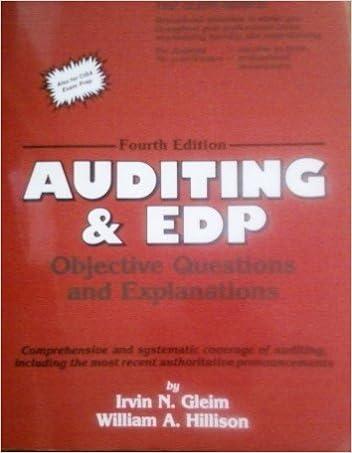Answered step by step
Verified Expert Solution
Question
1 Approved Answer
please do it in 24 minutes will upvote J Exercise 3: Consider two households, A and B. They must decide whether to purchase a bench

please do it in 24 minutes will upvote
J Exercise 3: Consider two households, A and B. They must decide whether to purchase a bench that they would jointly own. The price of the bench is 40. The value of the bench to each household is privately known. What is known to all is that Household A values the bench 80 with probability p e[0,1] and 0 with probability (1 - p). Household B values the bench 120 with probability q E[0,1] and 0 with probability (1-9). They decide to meet and report what the bench is worth to them. hey also agree to the following rule. Let a [0,1]. B reports $0 B reports $120 A reports $0 Bench is not purchased Bench is purchased B pays $40 A reports $80 Bench is purchased Bench is purchased A pays $40a B pays $40(1-a) A pays $40 i. ii. Explain, in a few lines and using words as opposed to a mathematical proof, whether the variables p or q should be high or low to facilitate honest reports of a high valuation. Assume that p = q = 0.8. Is the bench ever ordered? And, if so, how much does each household pay for it? (Prove all answers.) Let p = q = 0.8, and assume now that households A and B amend the rules in such a way that they now agree to the following: iii. B reports $0 Bench is not purchased A reports $0 B reports $120 Bench is purchased and placed in front of B's house B pays $40 Bench is purchased and placed in between both houses A pays $20 B pays $20 A reports $80 Bench is purchased and placed in front of A's house A pays $40 Household A incurs a loss of 20 when the bench is put in front of B's house while household B incurs a loss of 30 when it is placed in front of A's house. What happens in this case? Is the bench ever ordered? (Prove your answer.) J Exercise 3: Consider two households, A and B. They must decide whether to purchase a bench that they would jointly own. The price of the bench is 40. The value of the bench to each household is privately known. What is known to all is that Household A values the bench 80 with probability p e[0,1] and 0 with probability (1 - p). Household B values the bench 120 with probability q E[0,1] and 0 with probability (1-9). They decide to meet and report what the bench is worth to them. hey also agree to the following rule. Let a [0,1]. B reports $0 B reports $120 A reports $0 Bench is not purchased Bench is purchased B pays $40 A reports $80 Bench is purchased Bench is purchased A pays $40a B pays $40(1-a) A pays $40 i. ii. Explain, in a few lines and using words as opposed to a mathematical proof, whether the variables p or q should be high or low to facilitate honest reports of a high valuation. Assume that p = q = 0.8. Is the bench ever ordered? And, if so, how much does each household pay for it? (Prove all answers.) Let p = q = 0.8, and assume now that households A and B amend the rules in such a way that they now agree to the following: iii. B reports $0 Bench is not purchased A reports $0 B reports $120 Bench is purchased and placed in front of B's house B pays $40 Bench is purchased and placed in between both houses A pays $20 B pays $20 A reports $80 Bench is purchased and placed in front of A's house A pays $40 Household A incurs a loss of 20 when the bench is put in front of B's house while household B incurs a loss of 30 when it is placed in front of A's house. What happens in this case? Is the bench ever ordered? (Prove your answer.)Step by Step Solution
There are 3 Steps involved in it
Step: 1

Get Instant Access to Expert-Tailored Solutions
See step-by-step solutions with expert insights and AI powered tools for academic success
Step: 2

Step: 3

Ace Your Homework with AI
Get the answers you need in no time with our AI-driven, step-by-step assistance
Get Started


